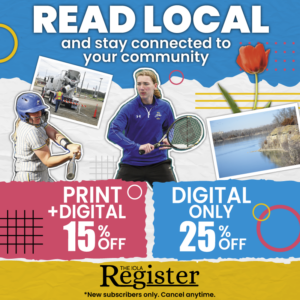ORLANDO, Fla. — LeBron James had just finished a 30-minute workout and lay on the court wearing sweatpants just a shade darker than the gray in his beard. From a pocket he pulled out a plastic wristband imprinted with a Lakers logo and the outline of Mickey Mouse.
It’s called a MagicBand. For tourists visiting Walt Disney World, it is a way to get around, pay for things and get into one’s hotel room. For the inhabitants of the NBA’s “bubble,” it’s one of the keys to keeping them safe from the coronavirus.
The MagicBand also serves as a medical tracker, and players, coaches, reporters, referees and NBA officials alike all must wear them any time they are out of their rooms — that and a mask and a credential, except when playing, coaching or exercising.
Players scan their MagicBand when they leave their hotel, holding it against a sensor that glows green and plays a jaunty tune if the player is safe to proceed. It connects to a daily online questionnaire that asks for COVID-19 symptoms and records temperature and oxygen saturation levels. If anything is amiss — a missed COVID-19 test, no temperature log that day — the sensor turns blue.
James wrapped the band around his wrist and locked it into place. Then he scooted toward his teammates who were warming up for a scrimmage. He wasn’t playing that day and would sit on the bench as the loudest fan in the building. He had to be since outside spectators are forbidden.
The NBA is attempting to finish its season while sequestered at Walt Disney World. The league invited its top 22 teams along with 10 media outlets, including The Los Angeles Times, plus a handful from its broadcast partners to chronicle its experiences in this environment.
It’s an experiment that takes the willingness of the bubble’s inhabitants to submit to stringent protocols, to provide almost invasive amounts of information, and to agree to near-constant surveillance.
Three weeks ago, Richaun Holmes of the Sacramento Kings had barbecue and lemon pepper chicken wings delivered to the Yacht Club resort. It’s one of 33 hotels at Disney World, three of which are housing the teams.
When the driver arrived, Holmes went out to meet him. Once Holmes returned, security gave him the bad news. He’d inadvertently walked off campus and would face a 10-day quarantine.
“I wasn’t really too aware of the borders,” Holmes said. “… They just kind of let me know they wanted to be as safe as possible and had to enforce the rules.”
For 10 days Holmes could not leave his room. Food was brought to him. For workouts, his team sent him an exercise bike and a punching bag.
“I tore that room up,” Holmes said pleasantly after he was released. He seemed to be smiling as he discussed his quarantine workouts, but with a mask it was hard to tell.
(It’s a problem throughout campus, where greetings must be more exaggerated to compensate for half of everyone’s face being hidden.)
Holmes’ chicken incident struck fear into everyone. What if the borders weren’t properly defined? What if, while going for a run around the campus, you stepped out of bounds and had to reenter quarantine?
Having been confined to my 300-square-foot room for seven days upon my arrival, I had no interest in a second, longer quarantine. Running was out. Sitting by the pool in socially distanced chairs was much safer.
For the first few weeks, this place had a summer camp vibe. Teams began arriving July 7 and their quarantines lasted only 36 hours. There were DJ parties and reunions and video games; players happily displayed the fish they’d caught from a lake full of them.






